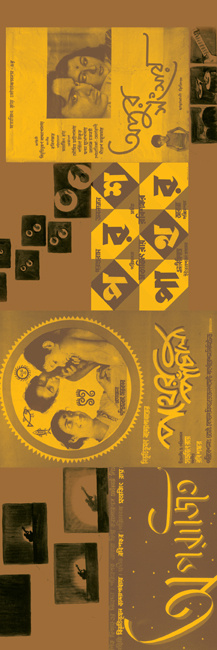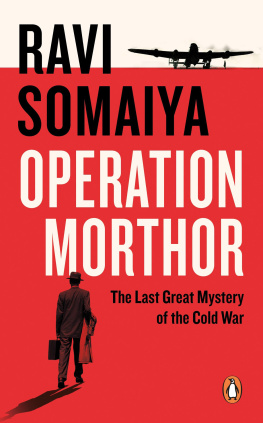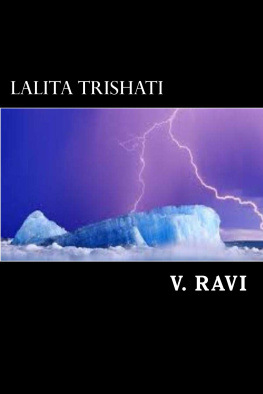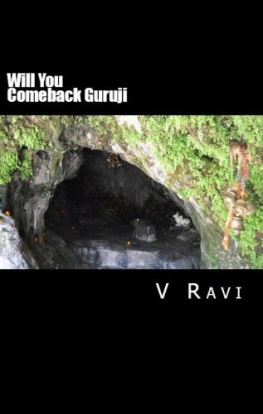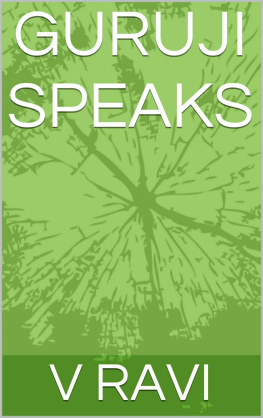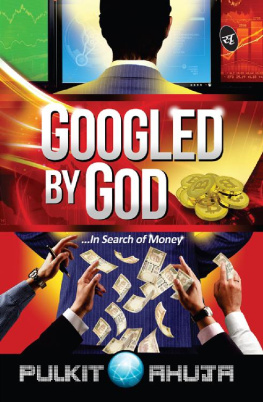Introduction: Indian Textile Industries and European Trade Union Delegations in the 1920s
Marcel van der Linden
Anna Sailer
In the 1920s European trade-unionists discovered British India. Increasing competition made textile workers in Britain and Germany aware of the major social and economic changes that were taking place in South Asia. Several fact-finding missions were sent to the east. The present volume documents three reports of two of these delegations. Not only do they provide insight into the political and cultural worldviews of European workers, including their diverging attitudes towards colonialism they are also a treasure trove of information on the working and living conditions of the Indian industrial proletariat.
Until World War I, India had figured rarely in the debates of European labour movements. Indian news occasionally made it into trade union newspapers and journals, in the form of reports on the introduction of factory legislation, new restrictions of child labour, or restrictions in the hours of work in Indian industries.
British interest in India as a colony was for obvious reasons widespread, and British trade unionists in the late nineteenth century certainly partook of it, albeit within a limited compass that tended to exclude labour matters in India. The condition of British-ruled India was discussed as was the general poverty of the Indian people. In Britain, this led to a focus on peasant life and famines under colonialism. When Keir Hardie, for example, visited the Indian colony as the first British Labour Party MP in 19071908, he paid special attention to the poor peasants and the colonial administration in his travelogues. He said practically nothing about the industrial proletariat. Illustrative of this absence is an episode that he reported on when visiting Calcutta: he wrote that several jute workers, from Dundee, Arbroath, and Manchester, had met him to talk about the old days back in the United Kingdom. These people were working as overseers in the jute mills that were situated along the river Hooghly, in the industrial hinterland of Calcutta. The next step of Hardies journey was a trip along the river. Instead of reporting on the industries that were crowded to the north and south of Calcutta, however, Hardie focused his attention on the villages and the peasant life that he observed between the chimneys when travelling from Calcutta on the Hooghly.
Cracks in this indifference did not become visible until after the First World War. Initially, the idea of sending a delegation of trade unionists to India came up at the 1922 annual meeting of the Scottish Trades Union Congress in Edinburgh. K.S. Bhat, an Indian trade unionist, addressed the meeting as a guest speaker. He talked about the need to create a union of Indian and Scottish workers. He stressed his point by highlighting the shared interest of Scottish and Indian workers in fair wages and proper restrictions of hours of work.
The idea found widespread support at the meeting. The jute industry in particular was the bedrock of one of Scotlands major industrial cities, Dundee, where about half the citys industrial workforce was employed in jute mills. The jute industry in Bengal had become the most important competitor to the Dundee industry. At the annual conference of the TUC later in 1922, the Scottish representatives brought forward a resolution that called for a delegation of British trade unionists to be sent to the Indian subcontinent.
In short succession three delegations travelled to India from the United Kingdom. First, in 1925, the Labour MP and trade unionist Thomas Johnston and the trade unionist John Sime were sent to Calcutta by the Dundee Jute and Flax Workers Union to investigate the conditions of work in the colonial jute industry. Their task was rather specific, as they exclusively studied the conditions of work in the industry most relevant for their membership.
One year later, in 1926, a delegation of the International Federation of Textile Workers Associations (IFTWA) visited India. This delegation was a British-German effort. The Labour MP Tom Shaw went as a British representative. Shaw had briefly been a minister under the short-lived Labour government in 1924, and he was also active as a trade unionist. In 1926 he was the president of the IFTWA. He was joined by two German delegates: Franz Josef Furtwngler and Karl Schrader. Furtwngler was a secretary of the German Federation of Trade Unions and Schrader was deputy chairman of the German Textile Workers Union. While not being a member of the latter trade union at the time of travel, Furtwngler had previous links to the union of textile workers.
While initially sent to India to investigate conditions of work in textile industries, they explored conditions of work more generally both in terms of industries examined and in terms of areas travelled, as they went from colonial India to various princely states. The joint delegation, however, soon ran into disagreements when trying to interpret what they saw. Eventually, they published two different reports.
Finally, in November 1927, the British Labour MP and trade unionist A.A. Purcell and the trade unionist Joseph Hallsworth arrived in India as official delegates of the British Trades Union Congress. Their task was to explore conditions of work in industries in British India. However, just like their contemporaries they moved beyond strictly imperial boundaries, and reported on work in princely states as well. Purcell and Hallsworths delegation was sent off in a rush. When Shaw was planning his trip in 1926, he was addressed by the TUC, and asked to conduct his journey as official delegate of the TUC. Shaw, however, declined. He argued that his trade union was already involved in the organization. He, further, insisted that he wanted to lead an international delegation of textile workers, whereas a cooperation with the TUC would have compelled him to organize the commission as a national delegation of British industrial workers more generally.
Purcell and Hallsworth arrived in India in November 1927, just in time for the annual meeting of the All India Trade Union Congress (AITUC), where they delivered a message of solidarity. In preparation for this event, the TUC informed the AITUC and its members on several occasions that Purcell and Hallsworth were the only representatives of the British trade union movement. Another group of trade unionists, they warned, might claim to speak on behalf of the British labour movement. But they should be dismissed, and not listened to.
This series of warnings indicates the reason for finally sending an official delegation of the TUC to India: the false representatives of British Labour were presumably the communist trade unionists Ben Bradley and Philip Spratt, one of whom had already arrived in India, while the other was on his way. The fear that communist trade unionists could establish networks with Indian trade unions, and, thus, increase their influence on the subcontinent, seems to have provided a new incentive for the TUC to send official envoys.



